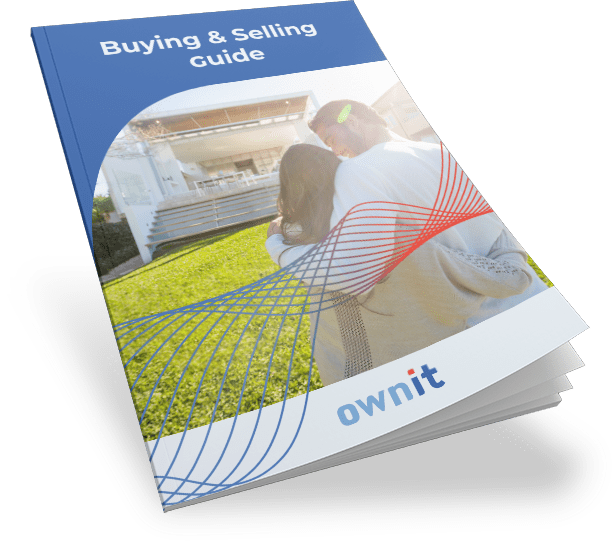There are many important things to take care of during the conveyancing process in Brisbane. In fact, there are so many small points to keep in mind that it’s much easier to let a professional conveyancing firm in Gold Coast handle matters for you. One thing that many people don’t really think about – until it’s time to buy or sell a property – is the Contaminated Land Register. Learn more about the CLR and how it can affect your home buying process below.
Contaminated Land Register (CLR)
As a buyer, you’re going to want to search the CLR to make sure that the property you’re buying isn’t on it. While it may not be a deal-breaker for you if it is, you still need to be informed of this prior to making such a huge investment. You should also know that it is the seller’s responsibility to disclose this information to you.
Indeed, any time a person goes to sell property in Australia, they must inform potential buyers if it is on the CLR. If you enter into a contract with a buyer and find out that the property in question is listed on the CLR, you have the right to terminate the contract. In this case, you simply give the seller written notice about your discovery – and about the fact that you are terminating the contract – and you should be good to go. An experienced conveyancer can help you through this process.
For detailed information about CLR, contact us today!
Ideally, the seller of a property will provide you with written notice about the fact that the property is listed on the CLR. As long as you are given such notice, you will not be able to terminate the contract based on this fact. Either way, however, it pays to check the Contaminated Land Register to make sure whether or not the property you’re buying is on it. If you do cancel the contract because the properties listed on it – and you weren’t informed – all of your money has to be refunded to you.
The Trouble with Land on the CLR
Land is placed on the CLR when scientific investigations have proven it to harbour harmful chemicals and other toxic materials. In some cases, those materials must simply be contained within the perimeter of the property; in other cases, the contaminants can be removed. In the latter case, the property can be taken off of the register if it is shown to be completely free of contaminants. If you inadvertently buy land that is on the CLR, you may end up having to pay a lot of money to clean it up – or to contain it. Either way, it’s one unpleasant surprise that you’d undoubtedly like to avoid.
To learn more about Contaminated Land Register (CLR), contact Ownit Conveyancing 1300 553 750 today!


